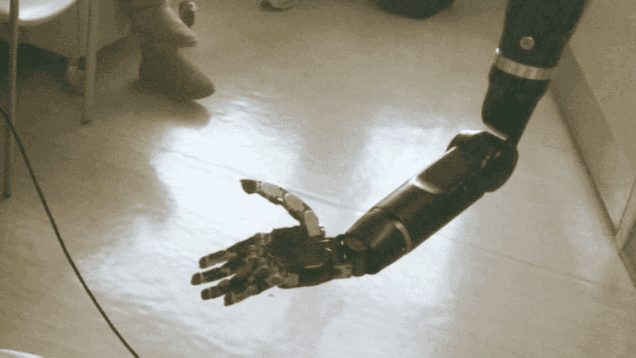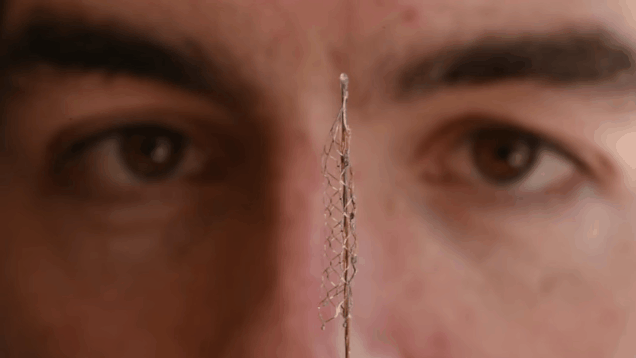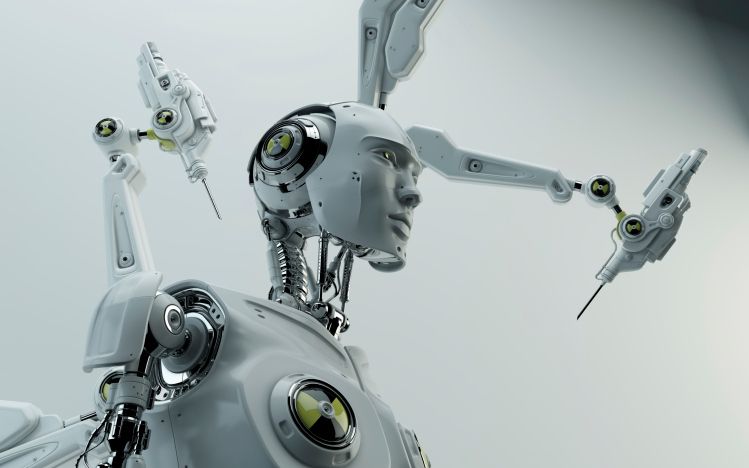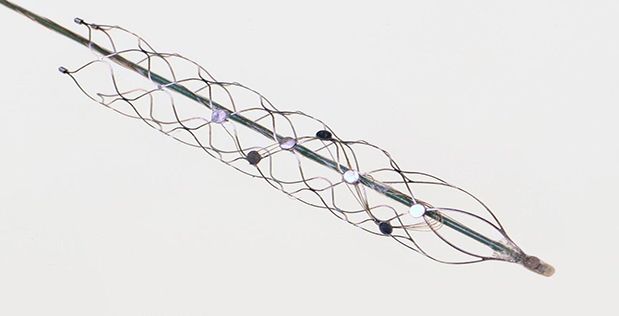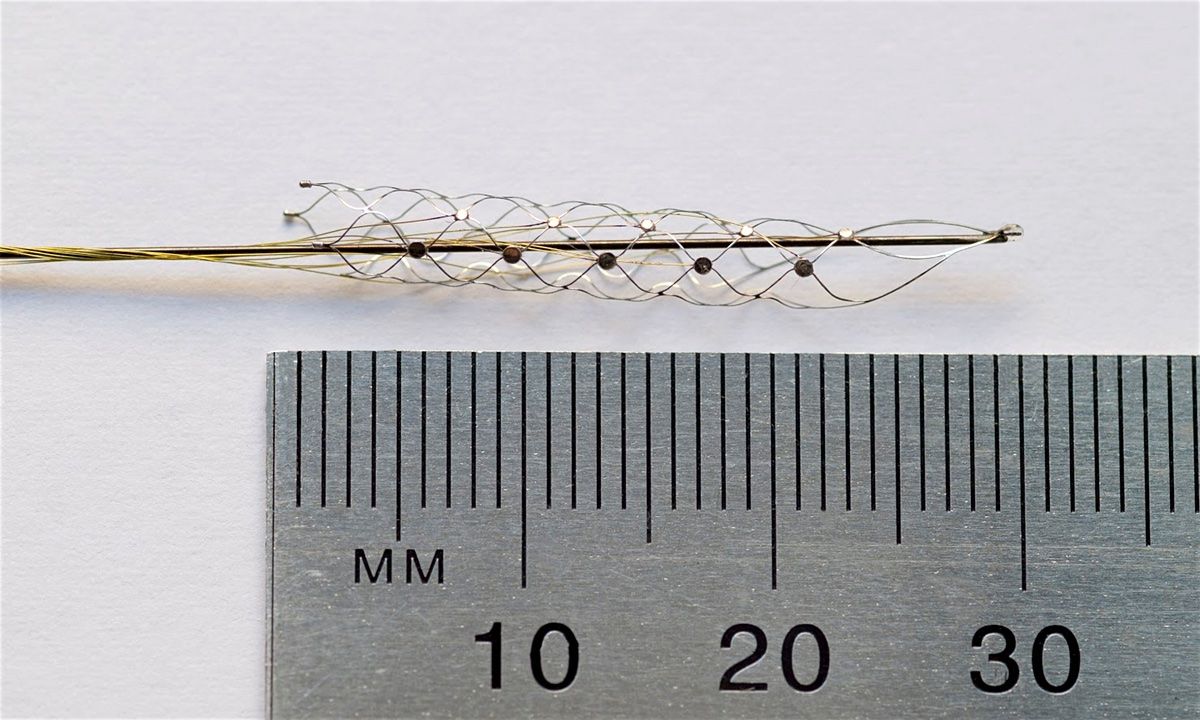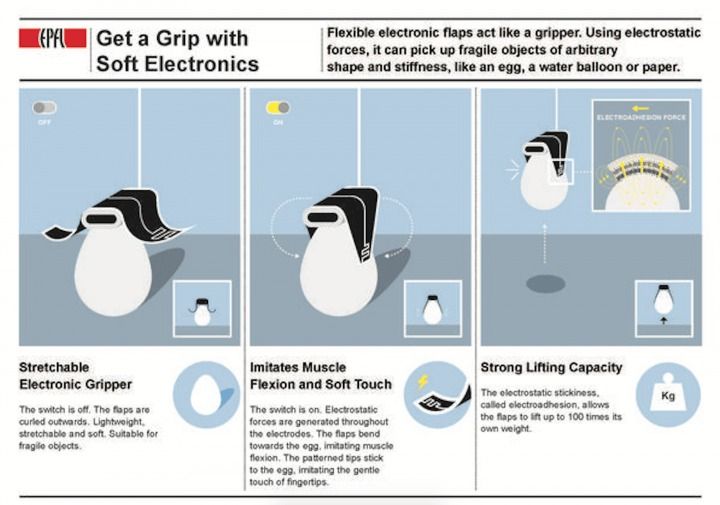Amazing.
The Singularity isn’t NEAR…
It’s in progress.
For the first time ever, researchers have successfully demonstrated a system that enables a person to move the individual fingers of a prosthetic hand using just their thoughts.
To test the device, scientists at Johns Hopkins University recruited the help of an epilepsy patient who was preparing for surgery to pinpoint the source of his seizures. (The patient himself was not missing a limb.) The scientists used the same electrode array implanted in his brain to control the prosthetic limb. After mapping the parts of the brain responsible for individual finger control movements, the researchers programmed the prosthesis to move the corresponding finger. The details of the experiment can now be found in the Journal of Neural Engineering.
